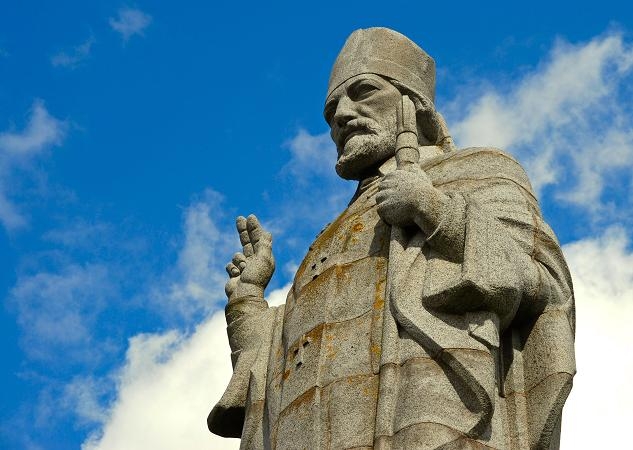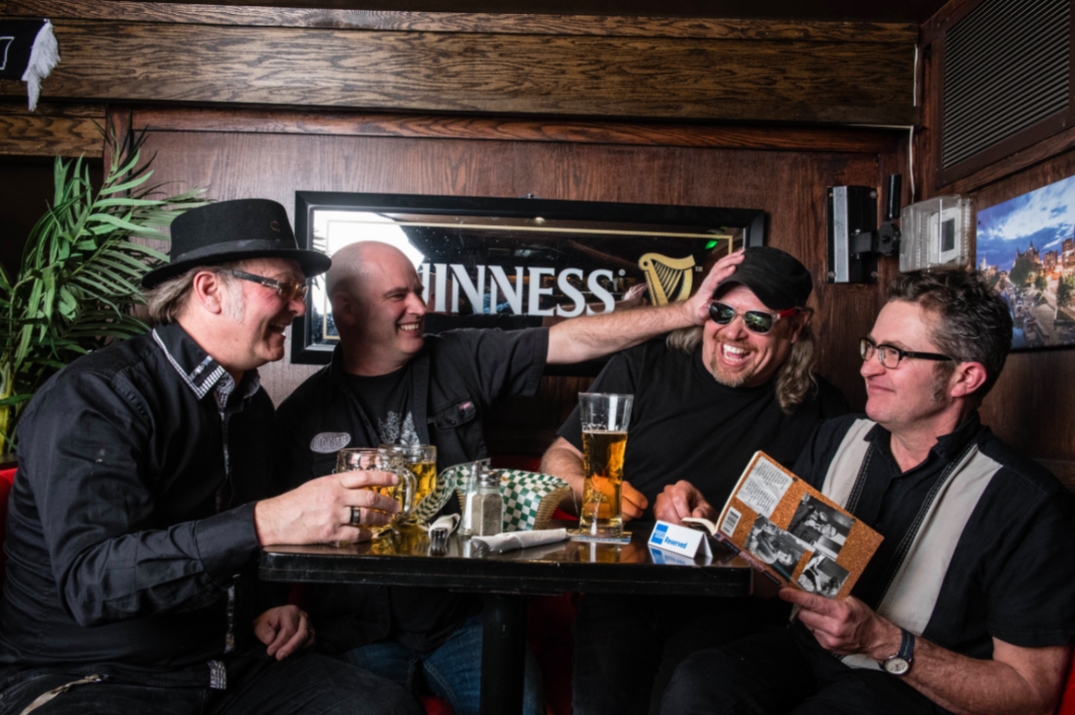
St. Patrick’s Day: What Is Left of the Origin?
In honour of the holiday, commonly associated with simply drinking green beer, OLM is taking a look at the history behind the man who inspired a global day of celebration.
St. Patrick was born in Britain during the fourth century AD. His birth name was actually Maewyn Succat – he later this changed to Patricius, which means “father figure,” after becoming a priest. As a teenager, he was kidnapped by Irish marauders and brought back to Ireland to herd sheep. It wasn’t until six years later that he escaped and went back to Britain. There, he became a priest, and actually decided to return to Ireland a few years later.
He traveled to Ireland as a missionary, trying to teach Christianity to the pagans who resided there. St. Patrick also built churches while trying to spread the word. Supposedly, he used shamrocks to explain the concept of the Trinity, which is why they are still used as a symbol today.
After his death on March 17 in 461 AD, he was canonized by the local church. March 17 then became the feast day for St. Patrick. To become a saint, one has to have miracles attributed to themselves. St. Patrick is often credited with driving snakes out of Ireland – but supposedly, snakes never inhabited the icy country. This is probably a metaphor for how he drove out paganism by spreading the teachings of Christianity.
In addition to being a religious holiday, St. Patrick’s Day has now become a day of celebrating Irish culture – and everybody is invited to join in the festivities.

Originally, the colour green was considered unlucky, and it was told that people, especially children, would be kidnapped by fairies if they wore too much green. So, the colour associated with St. Patrick used to be blue. However, this has obviously changed over the years – the colour green emerged as a symbol during the 1798 Irish Rebellion, when the clover became a symbol of nationalism.
While Ireland still celebrates St. Patrick’s feast day as a religious holiday, Canada and the United States play an equal part in how we celebrate St. Patrick’s Day today.

The first St. Patrick’s Day Parade dates back to 1762 when it was held in New York City. According to Catholic University DC history professor Timothy Meagher, Irish Americans hosted the first St. Patrick Day parades as means to show the their numbers, power, and national pride.
Canada has a long history with the St. Patrick’s Day parade as well, as the Montreal St. Patrick’s Day parade has been held every year since 1824. The origin of this parade is – not surprisingly – more timid than its American counterpart, as the parade is viewed as a commemoration of the missionary work of St. Patrick.
The missionary spirit of St. Patrick is visible in Ottawa. Last Saturday, the Irish Society of Ottawa hosted the 32nd annual parade. The parade began at City Hall on Laurier St., to Bank St., ending on Wellington. During the parade, volunteers collected cash donations and nonperishable foods for the Ottawa Food Bank. Along side the parade, the 26th annual St. Patrick’s Day Race for CHEO was held on Saturday as well. The race has been a long running success generating donations for CHEO. While traditions and celebrations of St. Patrick’s Day have changed over the centuries, the charitable spirit of St. Patrick’s Day is still alive and well in Ottawa.
Written by Alexa Batitis and Michael Myers









